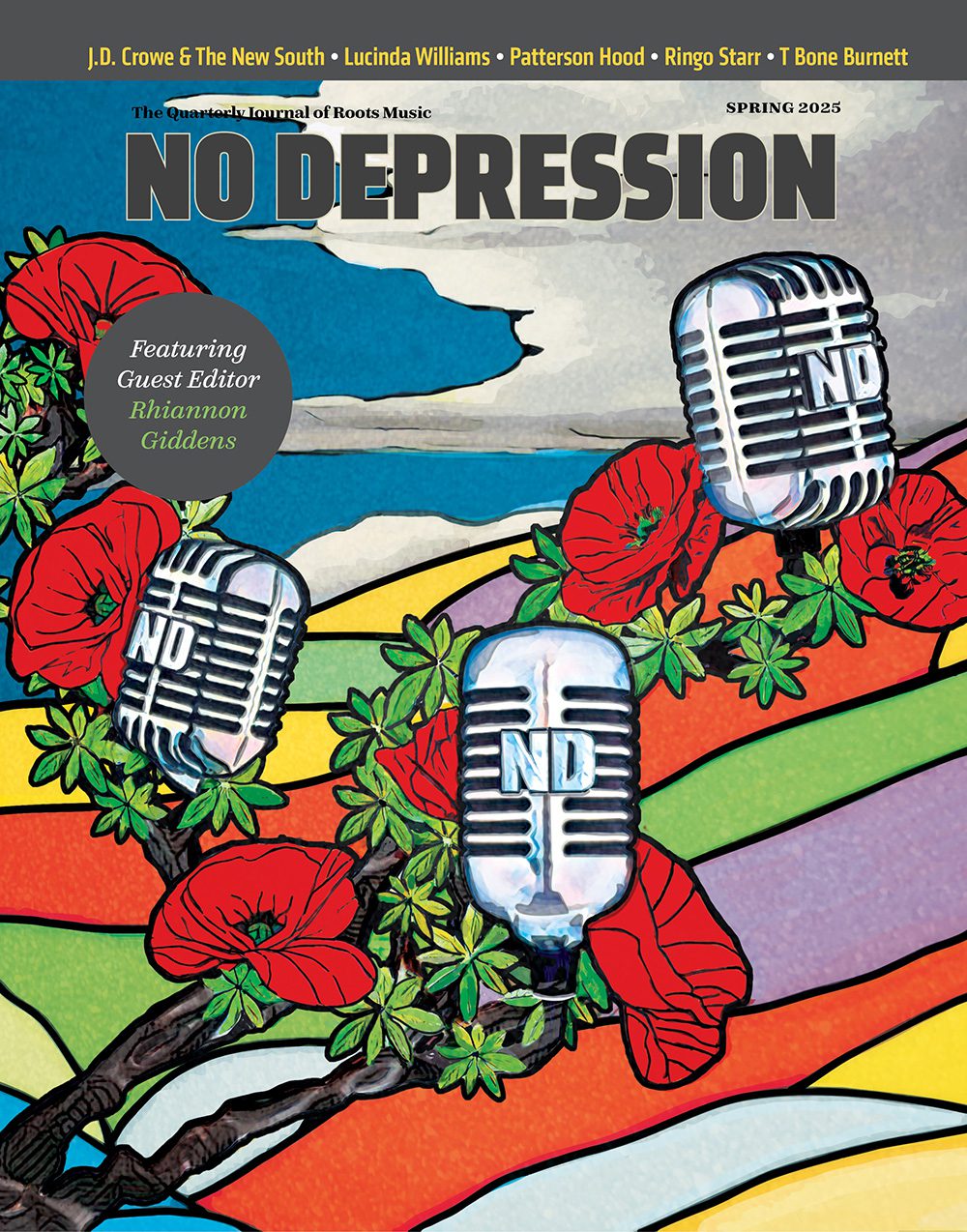Bonnie Guitar – Woman’s Work
She also did some recording of her own. Don Robertson, Hal Blair’s partner in Elvis Presley’s favorite songwriting team, recollects via e-mail: “I had been a longtime fan of her work and she was a fan of mine so it was a natural step for us to try recording together. We worked on an idea of Bonnie’s which was an instrumental adaptation of a melody from Rigoletto, which we named ‘Rockaletto’. It was later recorded by Duane Eddy under the title ‘Twangsville’.
“Bonnie and I worked out a duet arrangement of ‘Born To Be With You’ [Robertson’s 1956 pop hit for the Chordettes] which we recorded at the now legendary Gold Star Studios in Hollywood. It was Bonnie’s suggestion to call our act the Echoes. The single was released on Dolton Records.
“She was an excellent rhythm guitar player — one of the best.”
Through the years, she also maintained a close friendship with Randy and Lois Wood. Around 1965, Wood urged Guitar to return to Dot, as a recording artist and producer, and as liaison to the country music world for Dot’s parent, Paramount. She began commuting weekly from her Dot base camp at the Hollywood Roosevelt Hotel to Nashville, where she often stayed with Marijohn Wilkin and befriended Kris Kristofferson. Colleagues urged her to move there for her career, but she says, “I never wanted to live in Nashville. I like the West Coast and to tell you the truth, I like the West Coast sound. Nashville was a nice sound but it was kind of a round sound. I liked recording the West Coast sound [although] I was doing more in Nashville for Dot.”
Guitar says Wood had always believed she could be a hit country artist, and his confidence was more than vindicated in 1966. That March, her recording of Jan Crutchfield’s “I’m Living In Two Worlds” hit #9 on the country charts and squeaked into the pop 100. In May, she released an album with that title, lavishly orchestrated by Clif Parman. (Guitar produced it and disputes the co-production credit given to George Richey.) In July, her recording of “Get Your Lie The Way You Want It” (written by Billy Mize) was a #14 country hit. In September she released the album Miss Bonnie Guitar, which went to #21, and in October, her single “The Tallest Tree” reached #24 despite what some considered to be antiwar undertones in the lyrics. She released a Christmas album as well, Merry Christmas From Bonnie Guitar.
The Country Music Association named her Top Female Vocalist for 1966, in the second year of the organization’s existence.
Amid all of that, she also found time to produce Mac Wiseman’s 1966 album A Master At Work. “When you’re recording Mac Wiseman,” Guitar says, “of course you want the Nashville sound.”
Wiseman’s recollections of the sessions contrast strikingly to those of the youngsters she’d produced for Dolton. “It was truly a pleasure and she was — I wouldn’t say she was introverted, but she wasn’t very outgoing, you know. She had a lot of input, but unless you kind of dug it out of her, she didn’t apply it, is the way I found. But one of the things I remember about her is her knowledge of the old songs that she helped me select.”
Guitar was nominated again for CMA’s Female Vocalist award in both 1967 and 1968. She had a top-10 country hit in each of those years, as well as two other singles and two albums in the top 50. But Wood had left Dot in 1967 to form the Ranwood label with Lawrence Welk, and Guitar lost the greatest advocate for her music.
Paramount sold Dot to Gulf & Western in 1968, and in 1969 only one of Guitar’s two singles charted in the top 50, along with her one album, Affair. The year was nevertheless a landmark one: She married “the perfect husband,” Mario DiPiano, a fellow Washingtonian she had met through her sponsorship of Little League teams around Seattle. Guitar effectively retired from Nashville; although she continued to tour, write and record intermittently, her home life settled into an idyll.
“We raised quarter horses and cattle on a beautiful ranch over between Seattle and Tacoma in a little town called Sumner,” she says. “It was only 80 acres but a wonderful location and had lots of beautiful views and timber. I had a racetrack on it, a training track, and a big pond. You could fish off my deck.” She took to training quarter horses and helped to raise her granddaughters.
In 1973, Buck Owens protege Susan Raye took Guitar’s “Cheating Game” to the country top 20, giving her a hit song in each of three decades. “I knew Buck Owens,” she says. “You know everybody but you don’t get friendly with everybody because you never see them except once or twice a year. [But] one of Buck’s writers was Dennis Knudson, and he was my writer first. I signed him up in Seattle, and then he signed with Buck without getting a release from me. So I had to go court — for Buck.
“When Dennis told me what he had done, I didn’t try to keep him; I wasn’t gonna sue Buck or him, either one. For what? Kid was getting a better break with Buck than he had with me — Buck had a high profile, why would I take that away from some kid?
“[But] Dennis had evidently signed with somebody else too, I can’t remember his name, and that fellow was suing Buck for a million dollars because Dennis was a very excellent writer. Luckily when Dennis signed with me, I had torn a corner off the contract, some old thing that we used to do to prove that we had a contract. And I found it and I went down and took it to court. It worked out that Dennis was actually my artist and I had given him to Buck, so he couldn’t sign with anybody else.”
In the late ’70s, DiPiano became ill with complications of high blood pressure, and Guitar curtailed her performance schedule to take care of him until he died in 1983. A year or so later, she accepted a gig at the Notaras Lodge in Soap Lake. “All my friends in Nashville were telling me, ‘Go to work because when you lose your partner, then you need to do something.’ I thought, ‘Well, why not?’ So I came over here and stayed forever I think.”




